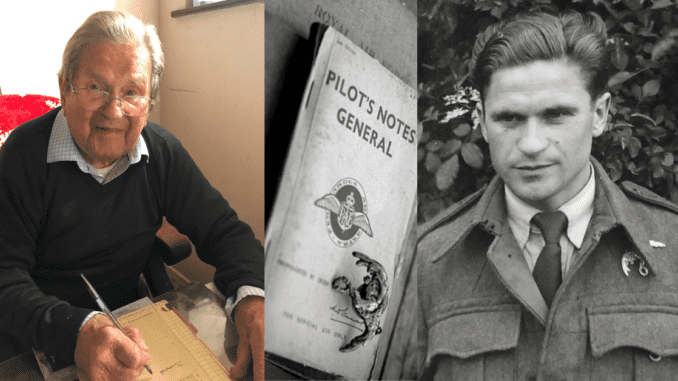
Decades later it is hard to fully comprehend the incredible story of Mr Jan Iwanowski. From Polish army to Red Army POW to PAF pilot via a Siberian Gulag and evacuation with ‘Anders Army’; his story is truly one of survival and intrepidation.
We were honored to have Iwanowski add his name to The Log Book bestowing gravitas to the project on 26 August 2019. As a grim reminder of how fragile life is he sadly passed away in January 2020 just a few months after signing.
As our tribute to his legacy this portrait is published 19 June 2021 on the day that would have been his 102nd birthday. We salute you and are honored to carry your story Sir.
As so many other veterans Iwanowski did not speak of his wartime experiences until later in life. We are truly indebted to his daughter Mrs Frania Watson for her facilitation and assistance. She has patiently answered our numerous questions and provided photos. We will only have scratched the surface of this unassuming gentleman’s story as much is still to be discovered. This is however our attempt at doing F/Sgt Jan Iwanowski’s memory justice by carrying his story.
Red Army POW
Sixteen days after the German invasion of Poland from the west Soviet troops invades from the east without formal declaration of war. Military operations lasts for 20 days ending 6 October 1939. Some ~230 000 Polish prisoners of war have been captured or arrested in the following weeks.
Born in Novogrudek, in what now is part of Belarus, Mr Jan Iwanowski was one of these POWs. Having enlisted in the Polish Army he is barely in his early twenties when finding himself on his way to Soviet.
Siberian captivity
Initially enduring interrogation by the notorius NKVD he was sent on to a Gulag in Siberia. Here Iwanowski is used as forced labor in the forest felling trees under extreme conditions. To keep himself company in the vast forest and to avoid going mad he used singing as a companion.
Frania Waston, his daughter, has explained to us how musical Poles in general are and that a get together always will include a few songs. She affectionately still recalls her father singing several folk songs, both Polish and Russian, most likely picked up during his time in Russia.
He had a lovely voice, and would sing or hum constantly from morning til night. I am smiling now imagining the sound of his voice as he made his way around the house.
Frania Watson affectionately recalling her late father’s singing
Release & Anders Army
In the early hours of 22 June 1941 Nazi Germany unilaterally terminates the Molotov-Ribbentrop pact. German Operation Barbarossa commences and Soviet defenses are crushed as the invasion advances. Due to British mediation and pressure Soviet Union and the Polish government-in-exile (then based in London) re-establishes Polish-Soviet diplomatic relations.
As a result the Sikorski-Mayski Agreement is signed in London 30 July 1941. The agreement includes the release of thousands of Polish prisoners-of-war held in Soviet camps. It also grants “amnesty” to many Polish citizens on 12 August 1941 and a Polish-Soviet military agreement is then signed on 14 August 1941. This enables the formation of a Polish army on Soviet soil from the thousands of Polish POWs and deportees in Soviet. This army became known under its informal name of Anders Army in recognition of its commander, Wladyslaw Anders.
Somewhere within this time frame Iwanowski is also released by his Soviet captors. The location of his exact whereabouts at the time are to-date unknown. Presumably he must have been present in one of the numerous NKVD camps holding Polish POWs where recruitment was ongoing.
Forming the new Polish Army was not easy, however. Many Polish POWs had died in the labor camps in the Soviet Union. Many of those who survived were very weak from the conditions in the camps and from malnourishment. By the end of 1941 thousands of Polish POWs had joined and started a massive migration south. The destination was the Anders army organizing center initially set up in Buzuluk in what today is Kazakhstan. By early 1942 the organizing center had moved to Tashkent in Uzbekistan.
Evacuation
The Soviets were now coping with a deterioration war situation themselves. They were unable to provide adequate food rations for the growing Polish army who also shared the limited provisions with a growing group of Polish civilian deportees.
The Anlgo-Soviet invasion of Iran fall of 1941 provided an opening for relief. Stalin agreed to evacuate part of the Polish formation as a military force to Iran. Within the first evacuation lasting for one week in March 1942 over 30,000 military personnel and 11,000 children crossed the Caspian sea to Iran. In a second evacuation over 43,000 military personnel and 25,000 civilians left through the same route.
After evacuating over the Caspian sea to Iran we find Iwanowski in Teheran 1942. Anders Army, together with a sizeable contingent of Polish civilians, continued their evacuation from the Soviet occupied areas. Through Iran, Iraq and finally into British-ruled Palestine where they were passed under British command.
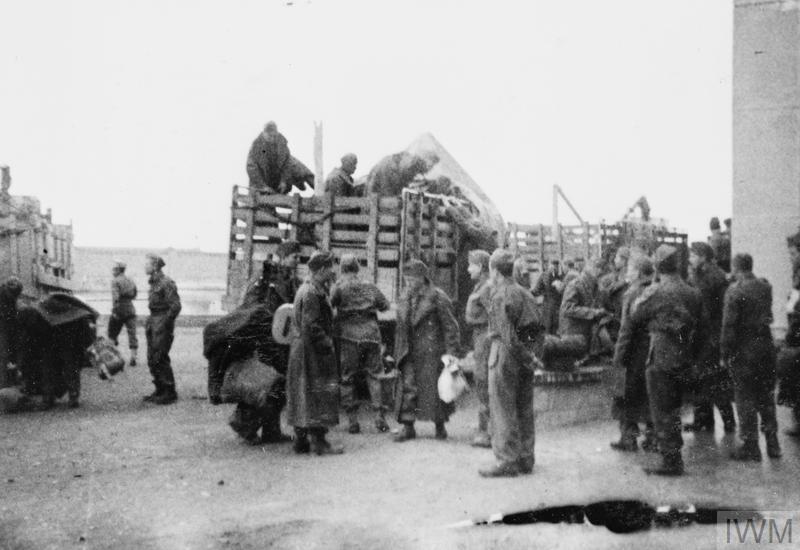
The Company, probably with other non-infantry units, was separated from the 5th ‘Wilno’ Infantry Division and transferred to Scotland (via Uzbekistan, Kazakhstan, Persia, India and South Africa) between February and May 1… Copyright: © IWM. Original Source: http://www.iwm.org.uk/collections/item/object/205046743
The Polish II Corps in 1943 with the bulk of units and soldiers from Anders Army in Egypt. The Polish II Corps later transferred to Italy and fought valiantly in the Battle of Monte Cassino.
RAF/PAF service
Iwanowski’s exact route out of North Africa is currently unknown, but we can conclusively put him in UK by 14 August 1943. His RAF log book records this date as attending I.T.W (Initial Training Wing) Brighton. These first steps towards service as a pilot was followed by courses at 25(P) EFTS Hucknall,16(P) SFTS Newton and No2 AGS Dalcross.
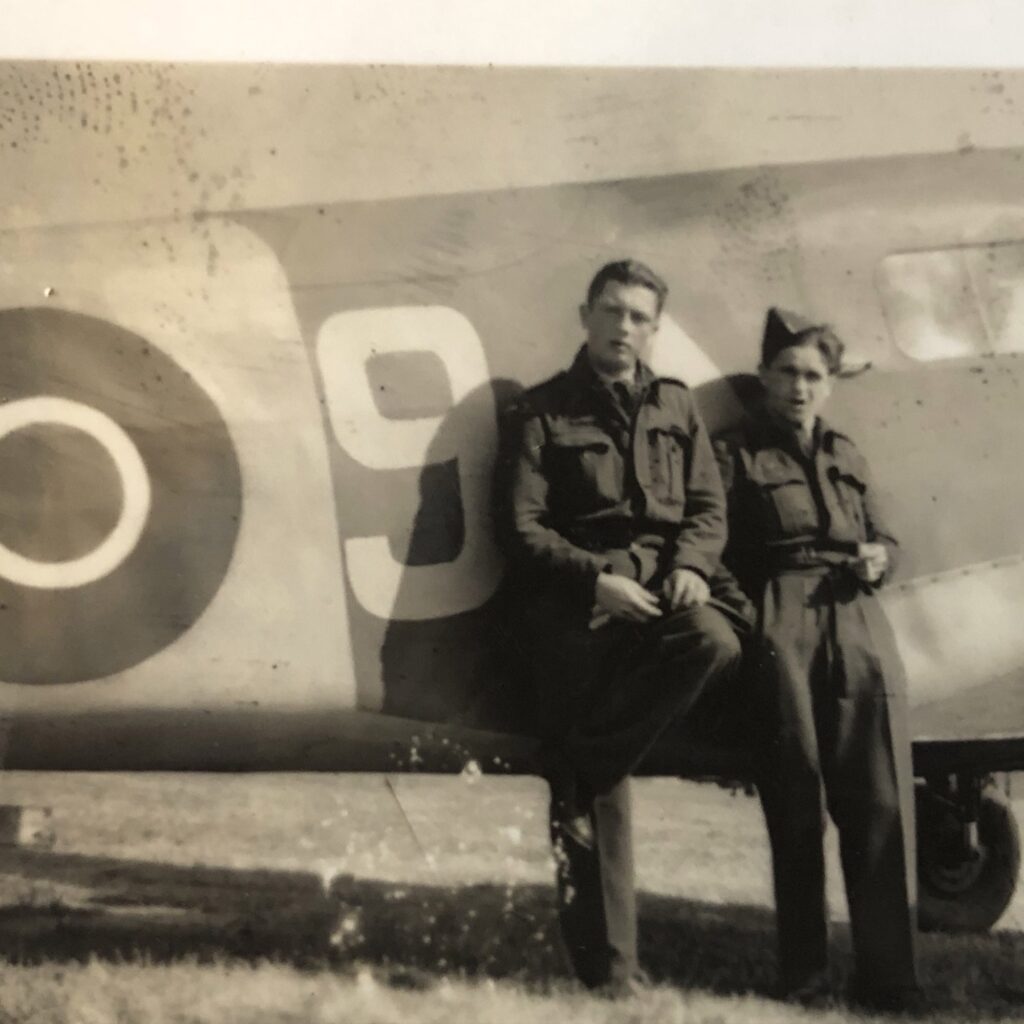
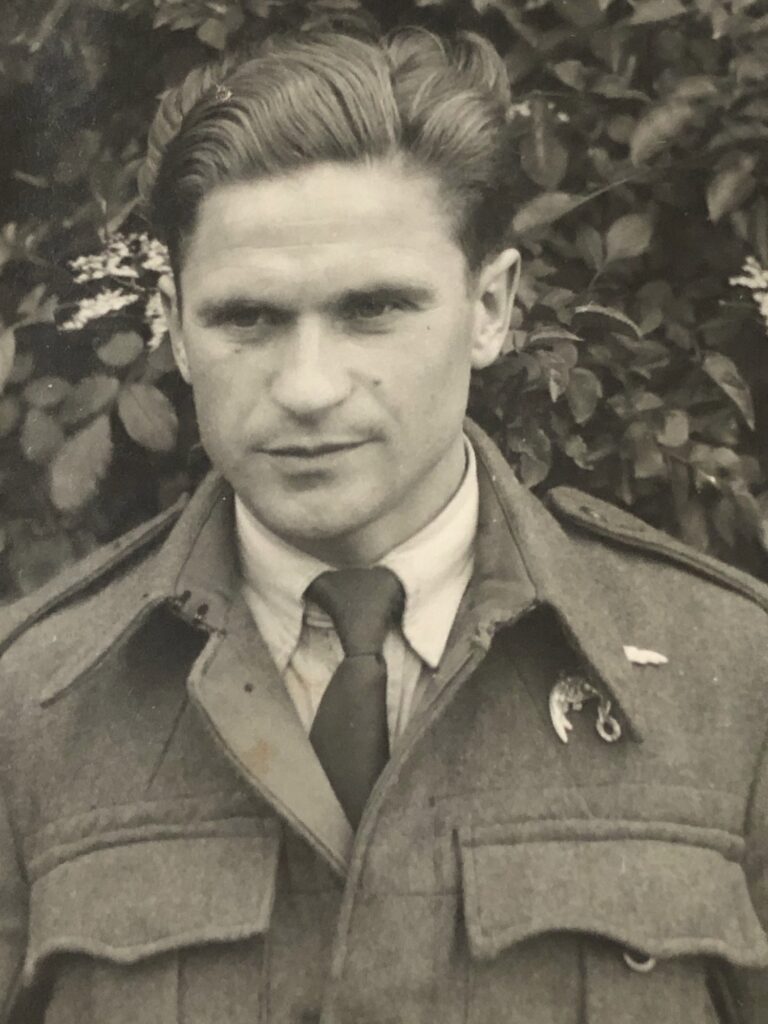
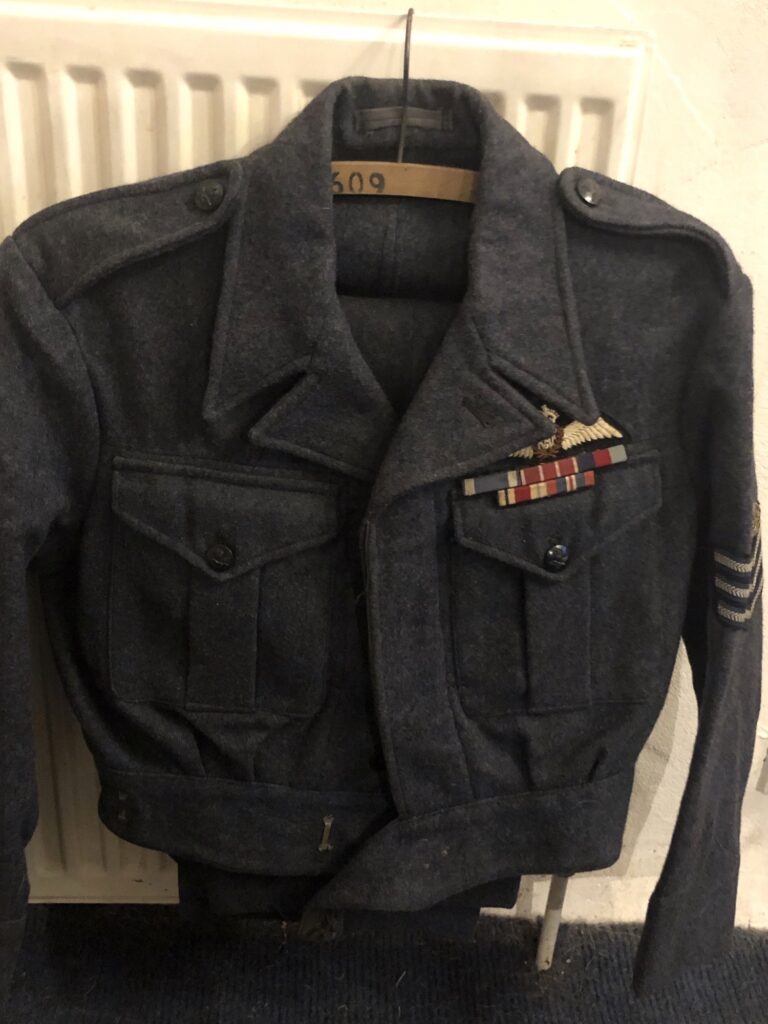
Iwanowskis uniform, still in existence within the family, bears evidence of his sterling service. The uniform bear witness of his time in Africa as the Africa Star is worn between the 1939-1945 Star and War Medal 1939-1945.
Among his awards are the polish Air Force Medal for War 1939-45 (Medal Lotniczy za Wojnę) and Army Medal for War 1939-1945 (Medal Wojska za Wojne). Both medals awarded to members of the Polish Air Forces and Ground Forces for at least 6 months of meritorious service with a unit engaged in military operations against an enemy, or a year service with another unit.
A friendship forged in peril
It is hard to grasp the perils and sacrifice endured before reaching the relative safety of Iran in 1942. Each individual story is one of survival and endurance. At the time of crossing the Caspian sea the people of Anders Army had spent over 2 years as POWs and deportees. Many, as Jan Iwanowski, had survived and endured the harsh conditions and treatment in a Gulag. Looking at a map of the Soviet Union one realize that the journey to the Anders Army assembly point alone in Uzbekistan was one of extreme proportions.
On this vast journey friendship and camaraderie’s was bound to be formed among peers and Iwanowski was no exception. His daughter Frania provides several photographs from her late fathers photo album that bears witness of of friendship forged in perils.
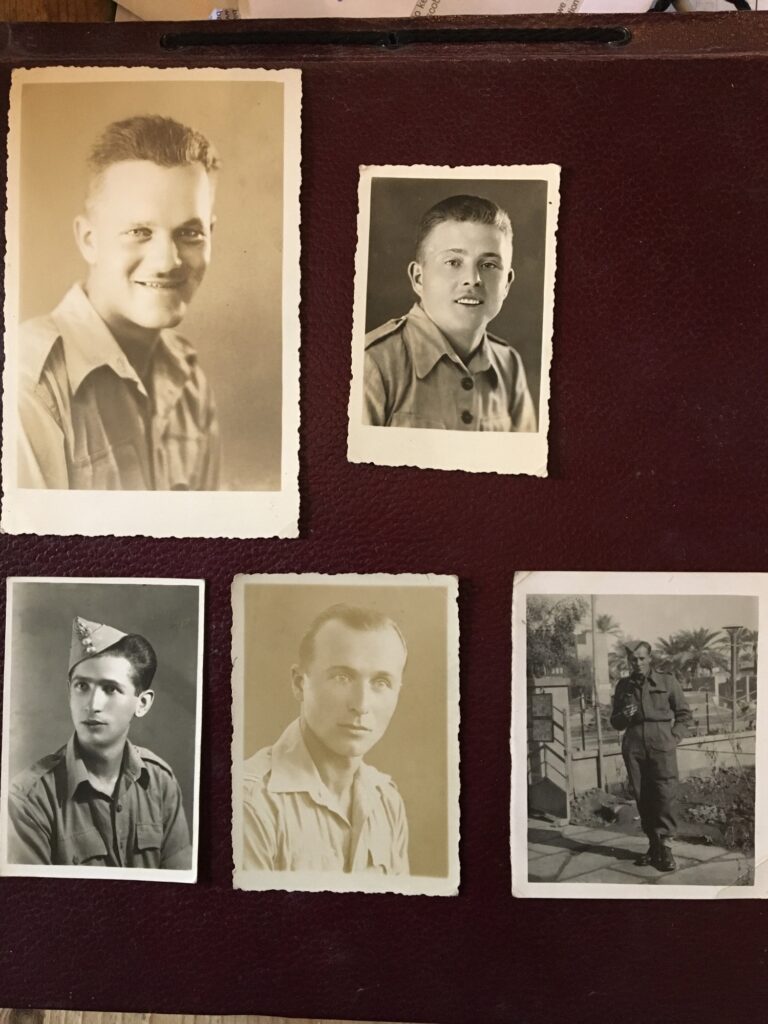
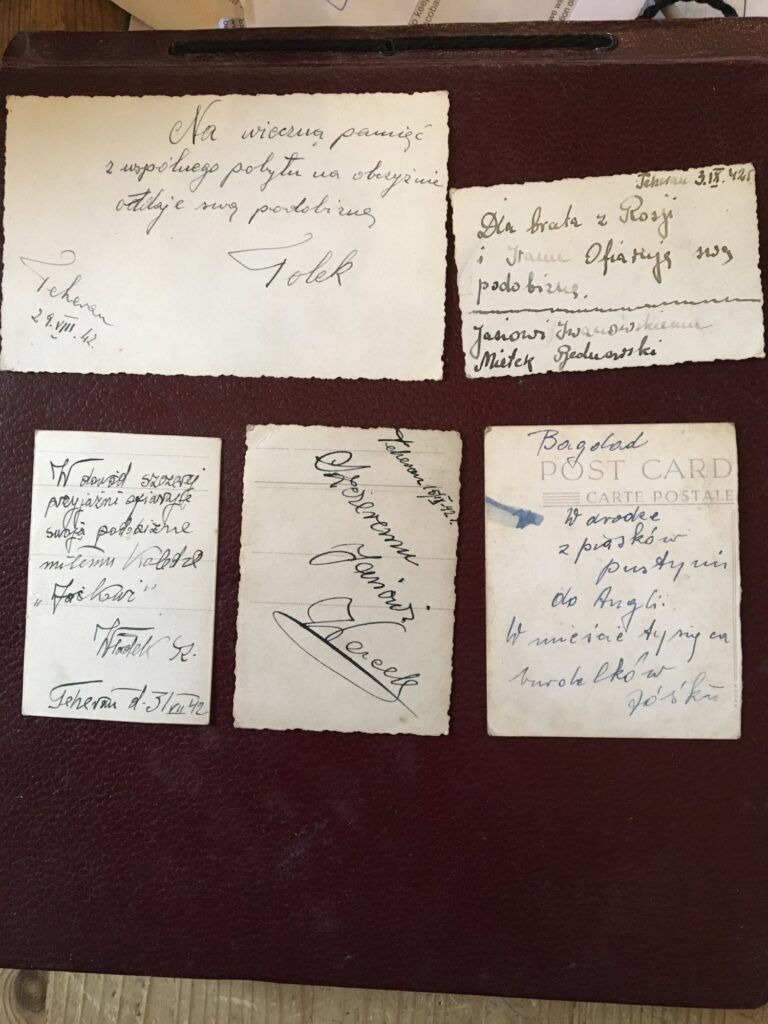
The back of each photo is signed with a personalized greeting giving evidence of a journey made together.
I give my photo to my brother from Russia and Iran.
The identities and fates of the men in the pictures are today unknown but must have been close friends of Iwanowski. Several can be seen together in other photographs taken together spanning from Iran 1942 to North Africa 1943.
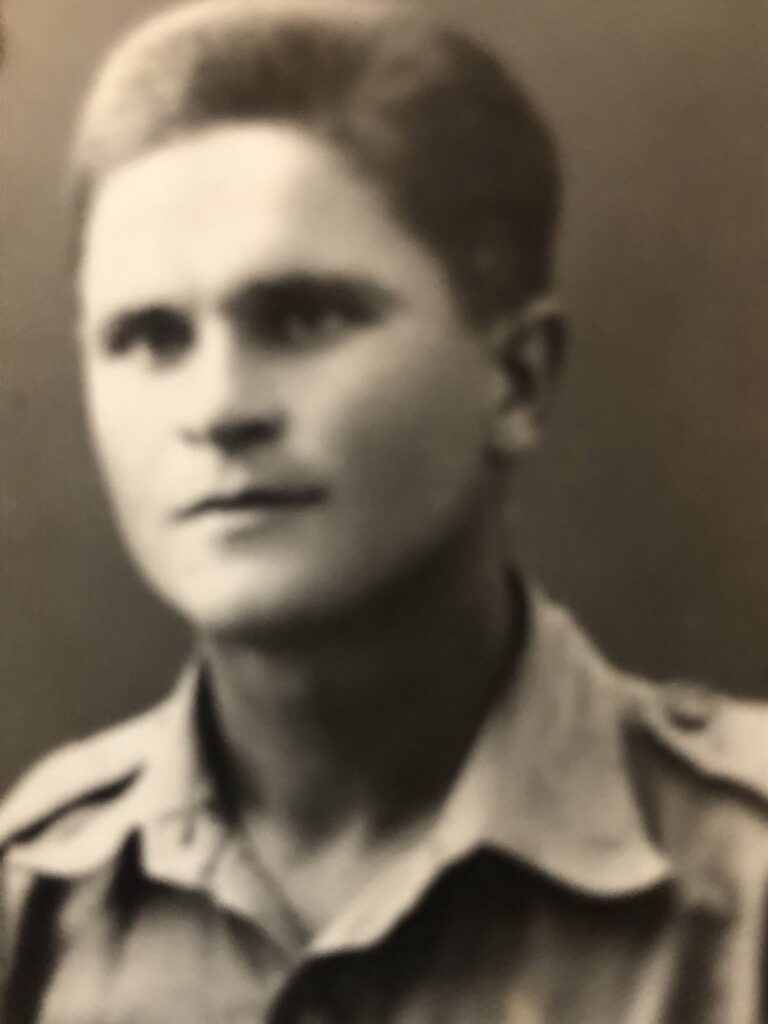
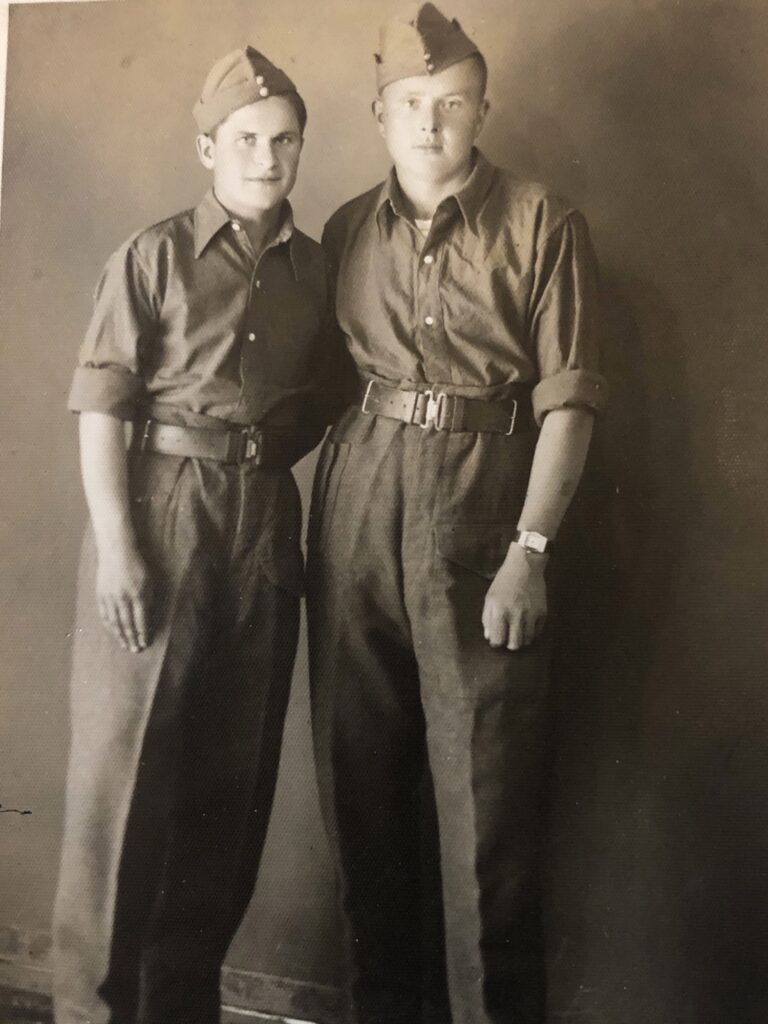

Anders Army was absorbed into Polish II Corps formed 1943 in Egypt, Africa. During 1944–45, the Corps fought with distinction in the Italian campaign, in particular during the fourth and final Battle of Monte Cassino in May 1944.
One cannot help wonder if any of Iwanowski’s friends made it.
Courage, service and duty
We are very honored to have Mr Iwanowskis signature bestow gravitas to the project. His signature and story creates a direct link to events in history that must not be forgotten. The bravery and sense of duty exhibited by these Poles are hard to fathom. The length of service, albeit involuntarily, spanned from the very start of the conflict in 1939 to the very end of the war in 1945.
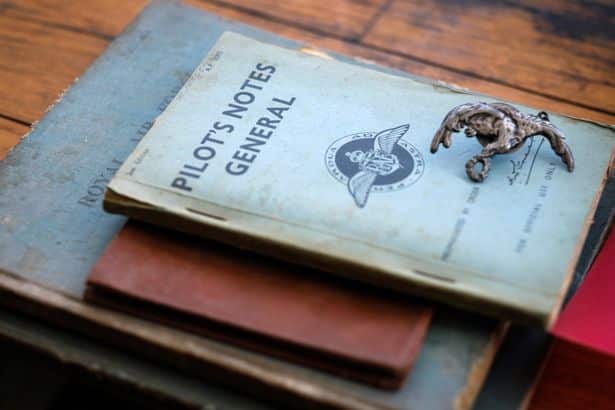
Iwanowski-Watson personal collection – with permission.
Jan Iwanowski already had 2 years of POW experience under extreme conditions when he volunteered to become a pilot with the RAF. It would not be a far fetched thought to think that he knew the risk of being shot down over enemy territory with further captivity as a result. Yet Iwanowski and many others volunteered to serve when given the chance.
The expression and term “greatest generation” is truly a fitting description of these remarkable men and women of that era.


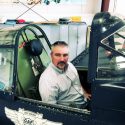
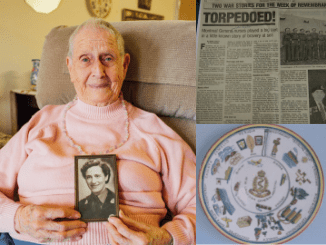
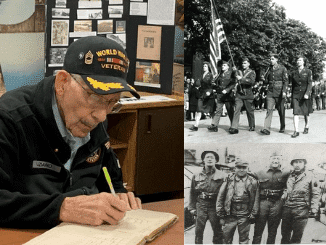
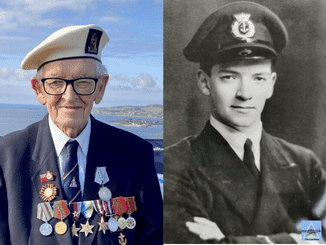
Be the first to comment